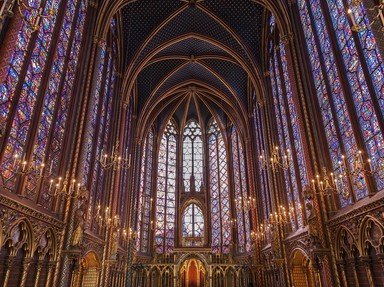
Interesting European Heritage Sites Quiz
See if you can locate 15 European UNESCO World Heritage sites. Any one of these sites would be an incredible adventure. I see a bucket list forming... Enjoy!
A label quiz
by Team Phoenix Rising.
Estimated time: 3 mins.
